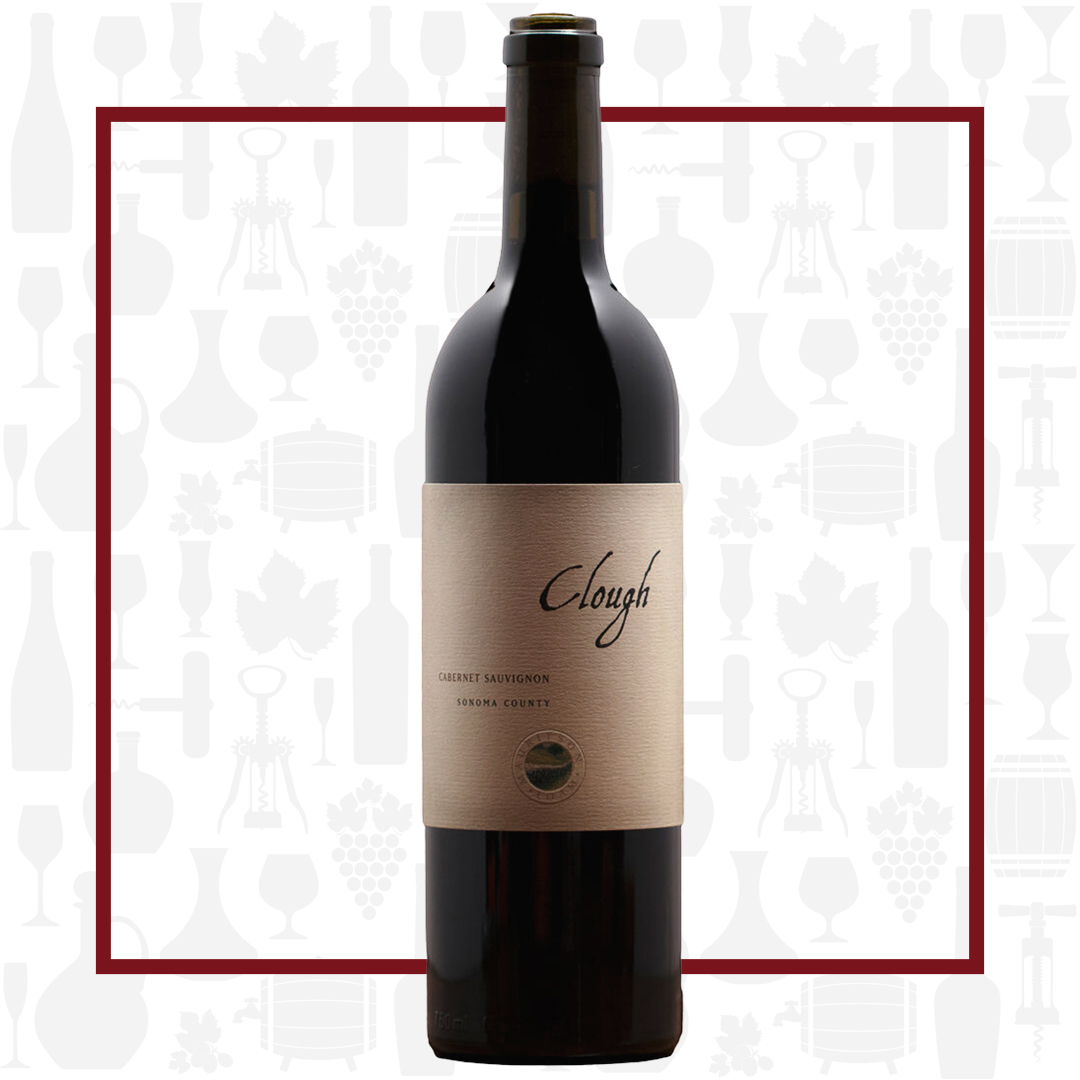Cellar Profile
7th generation farmers, the Mauritson family have been working these vineyards since 1868, finally releasing their own wines in 1998. The winery is now under the stewardship of former University of Oregon football player, Clay Mauritson, who grew up working the vineyards with his father before cutting his teeth at Kenwood Vineyards. Zinfandel and Cabernet Sauvignon specialists, Mauritson Wines is located at the corner of Dry Creek Valley and Lytton Springs Road, hallowed ground for Zinfandel, in particular. The vast majority of the Mauritson grapes are sold to premium producers throughout Sonoma County.
Region
Rockpile is an AVA at the northern end of Sonoma County. Sitting at the northwestern edge of Dry Creek Valley, it covers a high ridge that sits above Lake Sonoma, providing a sunny, mountainous terroir for the area’s grapes. The terroir in Rockpile is heavily influenced by Lake Sonoma, which was created as a water reservoir in the early 1980s. The presence of the lake helps to limit the influence of fog, creating an inversion layer that draws the cooler air toward the lake’s surface, allowing warmer air to rise. The Rockpile vineyards, which sit above the 240 masl contour line, are free of the fog created by the neighbouring Pacific Ocean and, instead, experience long, sunny days. Like its closest neighbor, Dry Creek Valley, Rockpile is best known for its Zinfandel, making intensely-coloured, concentrated red wines.
Vineyard
Clough vineyard soil is a gravelly loam, layered in quartz and chert. This soil is found on gently undulating old terraces at elevations of 200 to 1,000 feet. The gently sloping vineyard ensures no pooling of water, excellent drainage and ample sun exposure. The nutrient rich Clough soils embody the prototypical Cabernet landscape, yielding small-berried clusters with intense red fruit and nuances of earth and spices.
Winemaking
Hand-harvested fruit from the Clough vineyard undergoes an extended maceration, to extract colour and structure, before being pressed into stainless steel for fermentation using proprietary yeasts. The wine is then transferred into new French oak barriques for malolactic conversion and 28 months of aging before release. Only 44 cases made.
Varieties
Cabernet Sauvignon is probably the most famous red wine grape variety on earth and has successfully spread to almost every wine growing country. DNA profiling carried out in California in 1997 confirmed that Cabernet Sauvignon is the product of a natural genetic crossing between key Bordeaux grape varieties Cabernet Franc and Sauvignon Blanc. There are two key reasons for Cabernet Sauvignon’s rise to dominance. The most simple and primordial of these is that its vines are highly adaptable to different soil types and climates; it is grown at latitudes as disparate as 50°N (Okanagan Valley, Canada) and 20°S (northern Argentina), and in soils as different as the gravels of Pessac-Leognan and the iron-rich terra rossa of Coonawarra. Secondary to this, but just as important, is that despite the diversity of terroirs in which the vine is grown, Cabernet Sauvignon wines retain an inimitable “Cab” character, nuanced with hints of provenance in the best-made examples. Cabernet Sauvignon wines always seem to demonstrate a handful of common character traits: deep color, good tannin structure, moderate acidity and aromas of blackcurrant, tomato leaf, dark spices and cedarwood.
Tasting Notes
Dark purple-ruby with some viscosity, this heady Cab is redolent of blackberry, violets, mocha and spice. The brawny palate has good tannic grip and underlying acidity, with notes of blackberry, blueberry, damson and cocoa. This rich red has a long, fruit-driven finish and oodles of complexity. Serve alongside pan-seared ribeye or BBQ ribs.

